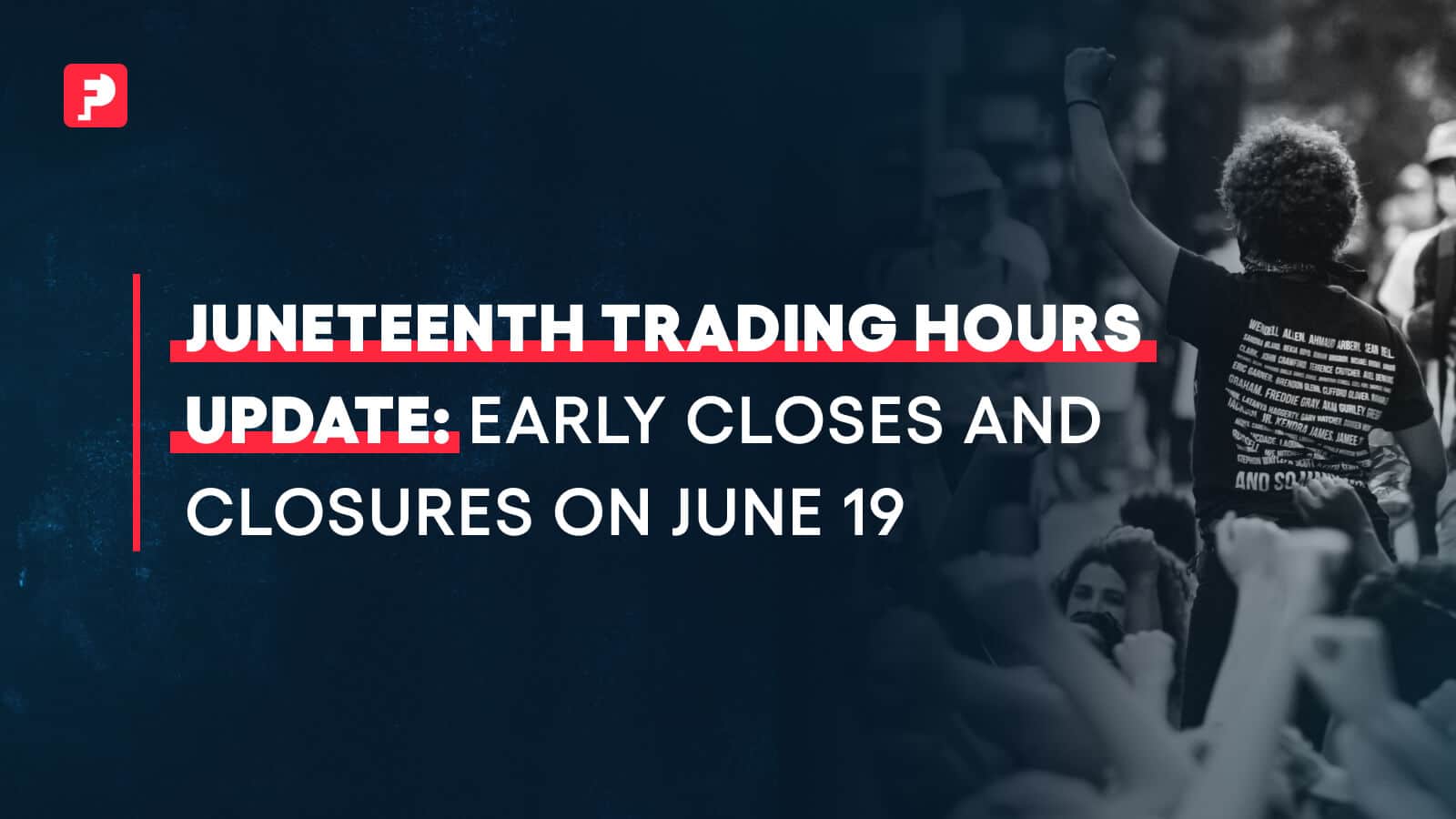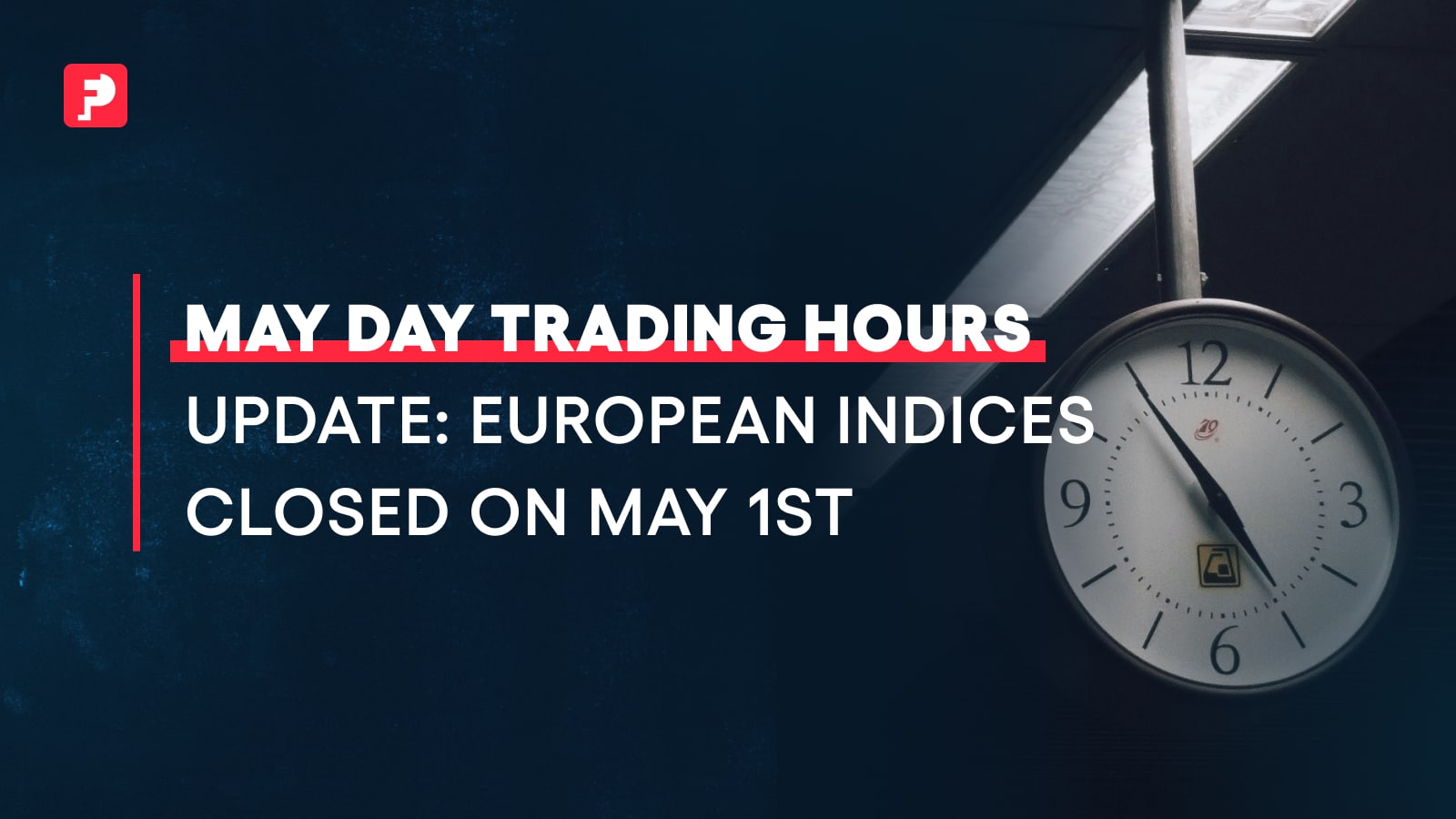
GBP/USD Hits 12-Week High Amid Softer Dollar and UK Manufacturing Boost
Key Takeaways
- The British pound steadily climbs against the weaker US dollar to 12-week high
- Upcoming PCE report will offer investors insight into the Fed’s battle on inflation
Cable’s Stable
The GBP/USD currency pair has jumped to fresh 12-week highs at the $1.2620 level, propelled by a resurgence in growth for British businesses. The exchange rate, commonly known as the cable, has soared 4% in the last month alone, reaping the benefits of a weaker US dollar. After hitting a session low of $1.2600 earlier today, the sterling rebounded to $1.2630 while the US dollar floated in a sea of red, reposing in its 3% monthly loss.
Last Thursday brought some positive news in the UK, as the Manufacturing Purchasing Managers’ Index (PMI) posted better-than-expected results, bolstering hopes that the Bank of England’s battle on inflation is finally starting to bite, further driving the pound. The PMI acts as a key economic indicator, measuring the activity of purchasing managers in a survey of 600 services and manufacturing companies.
A value above 50 indicates growth, whereas anything below 50 indicates contraction. A preliminary reading for November showed results of 50.1, showing robust growth from October’s 48.7 figure. The results pushed the data above the 50 threshold for the first time since July, showing that British companies are starting to make a return to growth after three months of contraction. The unexpected turnout came as a surprise to economists, who had forecast a post of no change at 48.7.
In saying that, the UK central bank’s chief economist Huw Pill still believes there is plenty of work left for the BoE before it can “declare victory” from its ongoing efforts to curb inflation from 4.6% to its 2% goal. Following the Federal Reserve’s hawkish lead, the UK central bank decided to keep its benchmark interest rate of 5.25% steady at its last two meetings, following a series of 14 hikes in a row. BoE Governor Andrew Bailey further reiterated the policymaker’s commitment to the fight last Monday, expressing his thoughts that it’s “far too early” to be considering any cuts to the key rate.
Inflation Data
Back in New York, we have the Fed Beige Book report on deck for Wednesday. The report offers a qualitative summary of current economic conditions over the 12 US banking districts. Published eight times a year, typically two weeks ahead of Fed meetings, the Beige Book is considered a valuable tool for the Fed to use while making any decisions regarding its monetary policy.
Next up, attention will shift to the upcoming US Personal Consumption Expenditure (PCE) and Core PCE (which exclude food and energy) reports. The data, booked for Thursday, will give investors something to chew on as they try to decipher the print for some clues into the current state of the economy. Market participants are expecting a decrease in October to 3.1%, from 3.4% recorded for September. Published by the Bureau of Economic Analysis, the PCE data serves as the Federal Reserve’s preferred gauge of inflation, offering insight into the prices consumers in the US are paying for goods and services.
To make it brief, given the current dismal financial landscape the US dollar finds itself in, traders should stay ahead of the upcoming inflation data. Any surprises may introduce some fresh volatility into markets. However, by focusing your strategy on the flow of the markets instead of making key decisions based on emotions, you can stay one step ahead.



